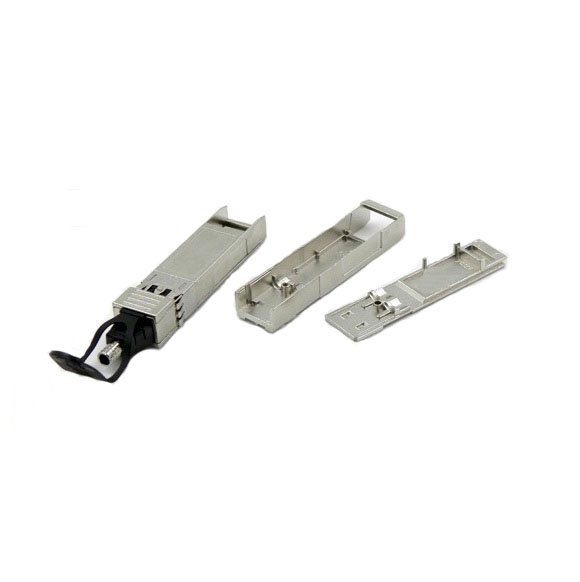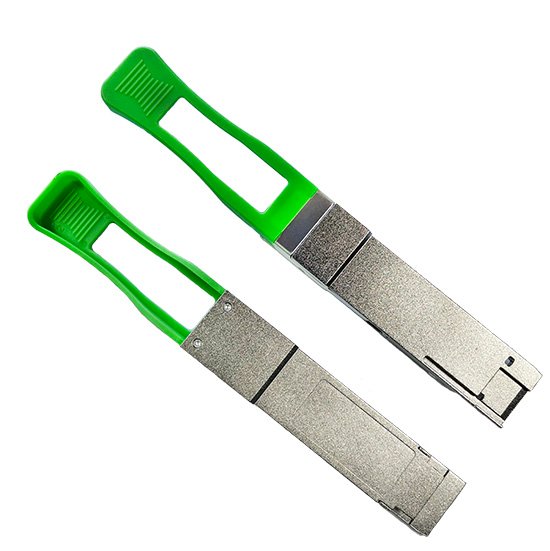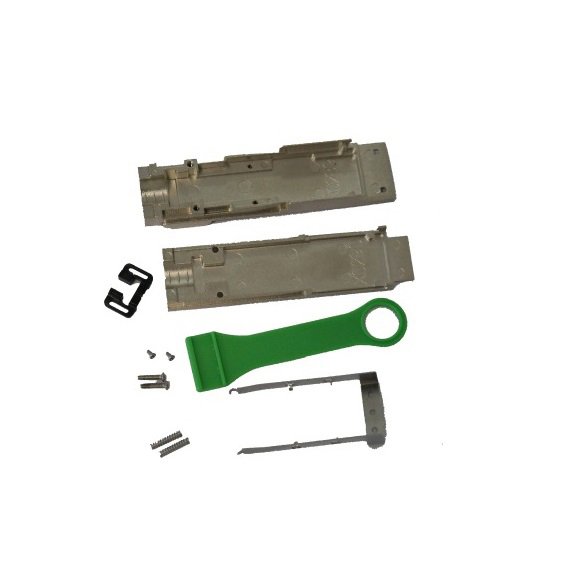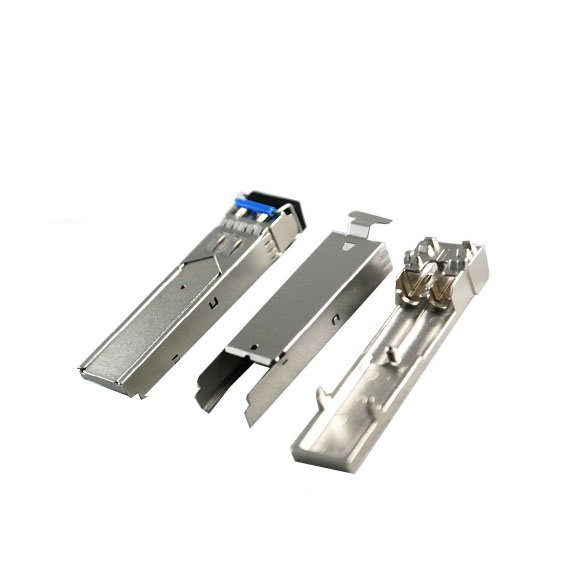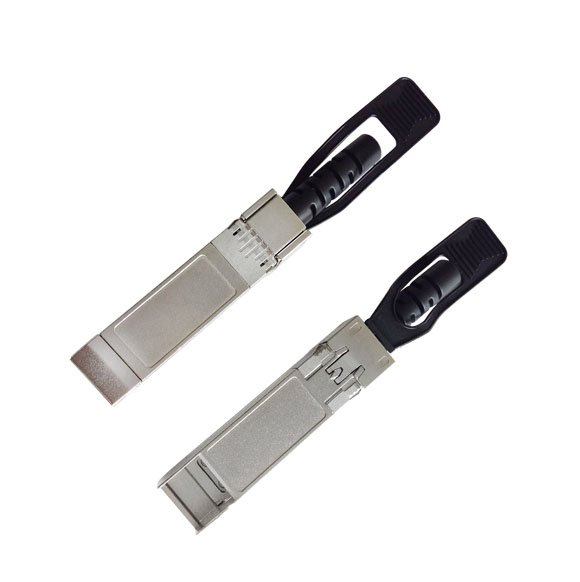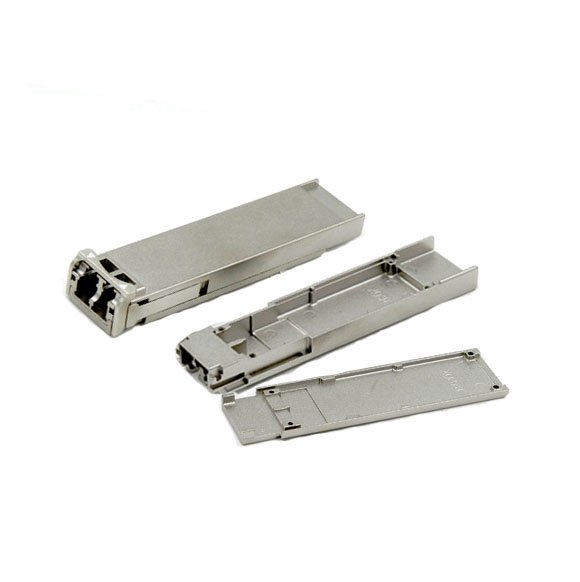SFP to QSFP Structure: A Detailed Specification
When it comes to networking and data transmission, Small Form-Factor Pluggable (SFP) and Quad Small Form-Factor Pluggable (QSFP) modules are widely used. These modules provide a compact and versatile solution for connecting network devices. Let’s delve into the structure and specifications of SFP to QSFP modules.
1. SFP Module
The SFP module, also known as Mini-GBIC (Gigabit Interface Converter), is a hot-pluggable transceiver used for both data communication and telecommunications applications. It supports various communication protocols such as Ethernet, Fiber Channel, and SONET/SDH.
The SFP module consists of a transmitter, receiver, and control circuitry. It uses LC or RJ-45 connectors to interface with the network device. The electrical interface supports serial communication at different data rates, ranging from 155 Mbps to 10 Gbps.
2. QSFP Module
The QSFP module is an evolution of the SFP module, providing higher data transmission capacity. It supports data rates up to 40 Gbps and is commonly used in high-speed data centers and network switches.
The QSFP module has four independent channels, each capable of transmitting data at 10 Gbps. It uses MPO/MTP connectors for fiber optic connections. The electrical interface of the QSFP module supports both serial and parallel communication.
3. SFP to QSFP Structure
When converting from SFP to QSFP, a special SFP to QSFP adapter or converter module is used. This module allows an SFP module to be inserted into a QSFP port, enabling compatibility between different module types.
The SFP to QSFP converter module consists of a QSFP connector on one end and an SFP connector on the other end. It provides the necessary electrical and mechanical interface conversion, allowing the SFP module to function within a QSFP port.

In conclusion, the SFP to QSFP structure involves the use of an adapter or converter module to enable compatibility between the two module types. This structure provides flexibility and scalability in network deployments, allowing for seamless integration of different module technologies.

